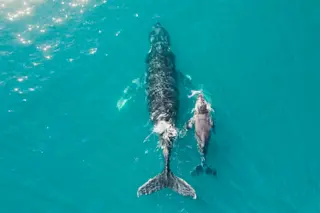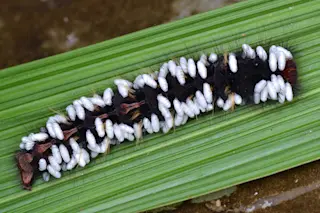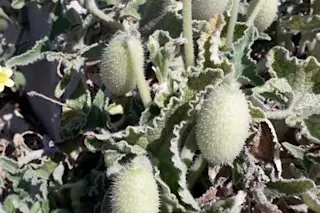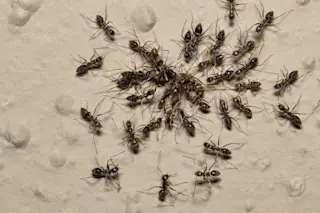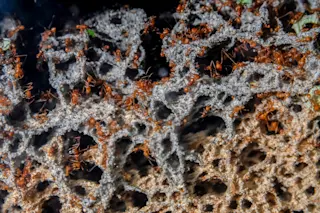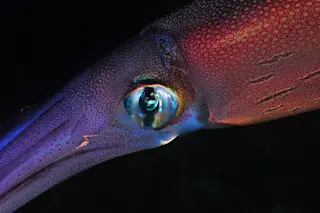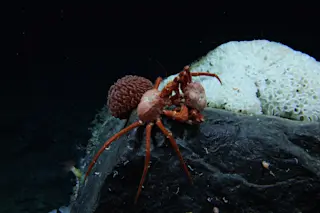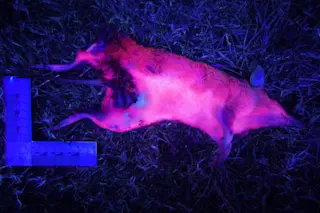Lighter wins as climate warms: this butterfly, the Southern Small White (Pieris mannii), has continuously expanded its range northwards during the past ten years. Image c/o Nature Communications Most of the discussion on climate change focuses on startling images of potential loss: the city of Miami underwater due to rising sea level or the lone polar bear on an ever-shrinking iceberg. But some of the greatest impacts of our continued inability to curb our carbon appetite are surprisingly small—little changes that may ultimately have big implications. It's the butterfly effect—except, in this case, I literally am talking about butterflies. Of all the species affected by climate change, the insects should be more feared for than any other group. Insects make up some 80% of all the species on Earth. Not only are there more insects than people, insects outnumber us by a couple hundred million to one. They outweigh us ...
White Hot Insects: Climate Change Leading to Lighter Colors
Explore climate change effects on insects, as rising temperatures shift species like the Southern Small White butterfly northward.
More on Discover
Stay Curious
SubscribeTo The Magazine
Save up to 40% off the cover price when you subscribe to Discover magazine.
Subscribe




